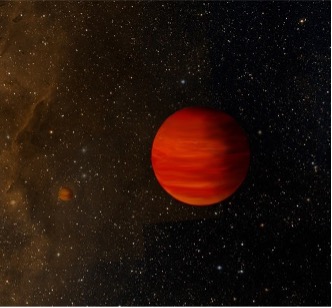
Credit: William Pendrill
A team of astronomers has discovered a rare pair of brown dwarfs that has the widest separation of any brown dwarf binary system found to date. “Because of their small size, brown dwarf binary systems are usually very close together,” said Emma Softich, an undergraduate astrophysics student at the Arizona State University (ASU) School of Earth and Space Exploration and lead author of the study. “Finding such a widely separated pair is very exciting.”
The gravitational force between a pair of brown dwarfs is lower than for a pair of stars with the same separation, so wide brown dwarf binaries are more likely to break up over time, making this pair of brown dwarfs an ex...
Read More







Recent Comments